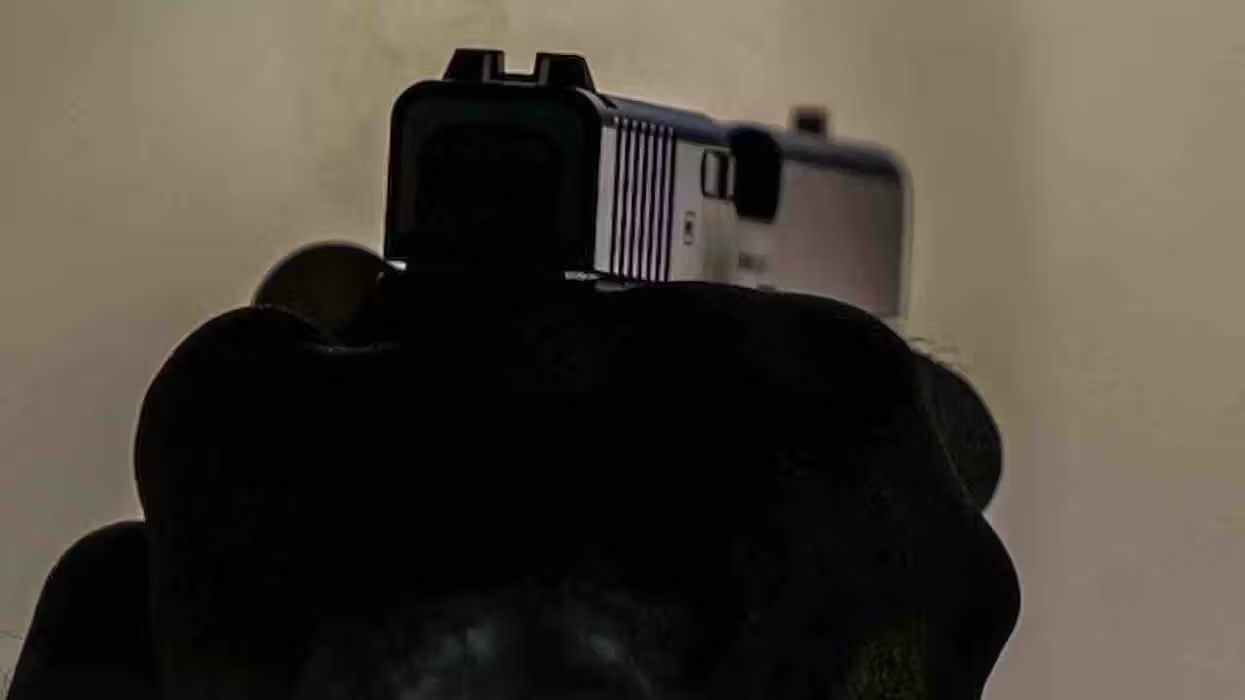More than a year after NASA bored down through 2,600 feet of ice to reach a sub-glacial lake on Antarctica, evidence of live adapted to an extremely harsh environment was identified.
The first sample from Lake Whillans yielded microbial life that included bacteria and species from the domain Archaea, Nature News reported.
“I was surprised by how rich the ecosystem was,” John Priscu, Montana State University ecologist, told Nature of the 130,000 cells they found in each milliliter of water. “It's pretty amazing.”
 This image from a scanning electron microscope shows a rod-shaped organism from the lake sample. (Image source: WISSARD via Montana State University).
This image from a scanning electron microscope shows a rod-shaped organism from the lake sample. (Image source: WISSARD via Montana State University).
According to Nature, the life had to survive without any light for anywhere between 120,000 years and 1 million years. The study about the microbes published in the journal was described as living in a "chemosynthetically driven ecosystem." A news release from Montana State University reported that the organisms gain their energy by using ammonium or methane in their metabolic processes.
“It’s the first definitive evidence that there’s not only life, but active ecosystems underneath the Antarctic ice sheet, something that we have been guessing about for decades," the study's lead author Brent Christner said in a statement. "With this paper, we pound the table and say, ‘Yes, we were right.’”
As for critics who suggest that the team didn't actually find life in the lake sample but from contaminated equipment, Priscu said in the university's news release that they took "great measures" to prevent any contamination of such a "pristine environment" and of their own samples.
 Members of the research team obtain a sample from the sub-glacial lake in January 2013. (Image source: Reed Scherer via Montana State University)
Members of the research team obtain a sample from the sub-glacial lake in January 2013. (Image source: Reed Scherer via Montana State University)
“We were able to prove unequivocally to the world that Antarctica is not a dead continent,” Priscu said in a statement.
Graduate students and post-doctoral students who worked on the project said their experience and findings will be "hard to top."
Watch this video about the research from the university:
The team plans to drill again at a different location in the future.

 This image from a scanning electron microscope shows a rod-shaped organism from the lake sample. (Image source: WISSARD via Montana State University).
This image from a scanning electron microscope shows a rod-shaped organism from the lake sample. (Image source: WISSARD via Montana State University).





